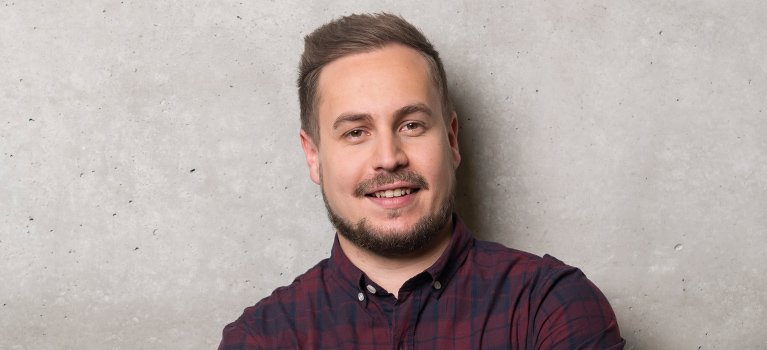
Apply
now
now
System Modelling & Simulation (E)
level of course unit
second cycle, MasterLearning outcomes of course unit
The graduate / the student:
* understands the basics of modelling and can apply them
* knows typical applications and advantages of simulation
* knows simulation areas and simulation software for smart products and solutions
* can create models and simulation sequences
* can interpret simulation results
* can define a smart communicating product
* is familiar with the concepts of digital twin, condition monitoring, predictive maintenance
* understands the basics of modelling and can apply them
* knows typical applications and advantages of simulation
* knows simulation areas and simulation software for smart products and solutions
* can create models and simulation sequences
* can interpret simulation results
* can define a smart communicating product
* is familiar with the concepts of digital twin, condition monitoring, predictive maintenance
prerequisites and co-requisites
according to admission requirements
course contents
* Introduction (fields of application, goals, uses, concept)
* Definitions (Digital Model, Digital Shadow, Digital Twin)
* Models and model building
* Building models
* Theoretical principles of simulation
* Practical implementation of simulation
* Implementation of the concept of digital twin with
* Definitions (Digital Model, Digital Shadow, Digital Twin)
* Models and model building
* Building models
* Theoretical principles of simulation
* Practical implementation of simulation
* Implementation of the concept of digital twin with
recommended or required reading
Fei T., Meng Zh., Nee A.Y.C; Digital Twin Driven Smart Manufacturing; 2019
Lughofer E., Sayed-Mouchaweh M.; Predictive Maintenance in Dynamic Systems; 2019
Glöckler M.; Simulation mechatronischer Systeme: Grundlagen und technische Anwendung; Heidleberg; 2017
Nollau R.; Modellierung und Simulation technischer Systeme: Eine praxisnahe Einführung; Heidelberg; 2009
Lughofer E., Sayed-Mouchaweh M.; Predictive Maintenance in Dynamic Systems; 2019
Glöckler M.; Simulation mechatronischer Systeme: Grundlagen und technische Anwendung; Heidleberg; 2017
Nollau R.; Modellierung und Simulation technischer Systeme: Eine praxisnahe Einführung; Heidelberg; 2009
assessment methods and criteria
examination, project
language of instruction
Englishnumber of ECTS credits allocated
4eLearning quota in percent
70course-hours-per-week (chw)
2planned learning activities and teaching methods
Lecture, individual work with software, group work, presentation and discussion of tasks






